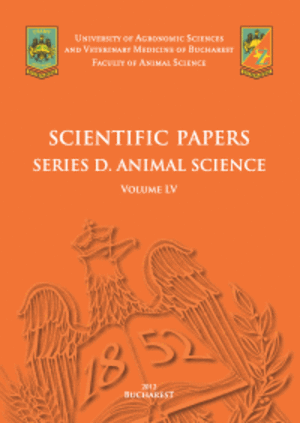Published in Scientific Papers. Series "Management, Economic Engineering in Agriculture and rural development", Vol. 25 ISSUE 1
Written by Vanya GEORGIEVA, Nadezhda BLAGOEVA, Delyana DIMOVA
The present study analyses the relationship between asset structure and financial sustainability of agricultural holdings in Bulgaria, using data from the Farm Accountancy Data Network (FADN) for the period 2014-2020. Through a combined approach of structural and correlation analysis, the study examines the connections between fixed and current assets, liquidity, and indebtedness in farms of different economic categories (from below 8 to above 500 thousand euros standard output). The results reveal a significant predominance of fixed over current assets across all categories, with a negative correlation observed between fixed assets and liquidity, particularly in small holdings. The study establishes that large farms demonstrate better ability to balance between long-term investments and maintaining liquidity, whilst small and medium-sized holdings show greater dependence on external financing for fixed asset acquisition. The analysis of subsidies reveals a differentiated role according to farm size - for small and medium-sized holdings, they are a primary source for financing fixed assets, whereas large farms use subsidies more flexibly, both for capital investments and maintaining short-term liquidity. The research identifies the need for differentiated asset management strategies according to the economic size of holdings, with small farms needing to focus on improving liquidity through more effective management of current assets. These findings provide valuable guidance for improving financial sustainability in the agricultural sector.
[Read full article] [Citation]

 Next Issue will be published according the the calendar.
Next Issue will be published according the the calendar.



